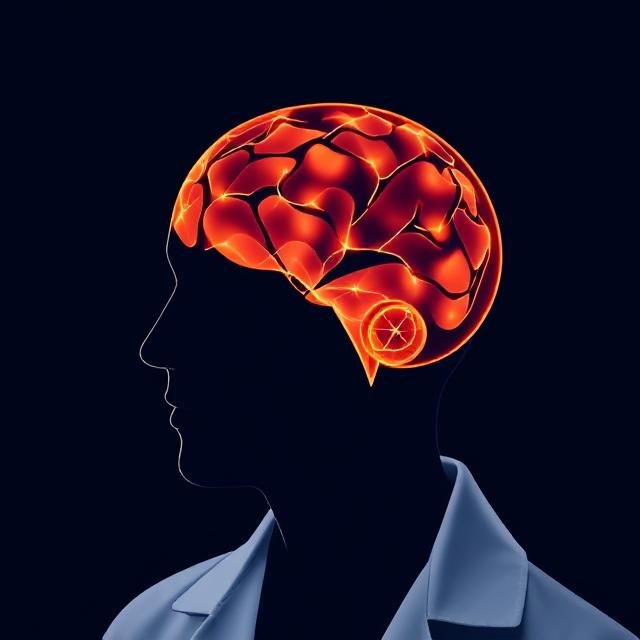Introduction
Conduct Disorder affects approximately 2–10% of children and adolescents worldwide (American Psychiatric Association, 2013). It’s characterized by persistent patterns of behaviors that violate the rights of others or major societal norms. Without early and effective treatment, CD increases the risk for criminal behavior, substance abuse, and antisocial personality disorder in adulthood (Nock et al., 2006).
What Is Conduct Disorder?
Conduct Disorder is classified under Disruptive, Impulse-Control, and Conduct Disorders in the DSM-5. It’s more than occasional misbehavior—it involves repetitive and persistent behaviors that are aggressive, deceitful, or destructive.
Children with CD often struggle with empathy, remorse, and respect for rules or authority figures. Symptoms must last at least 12 months for diagnosis and significantly impair functioning at home, school, or in social settings (APA, 2013).
Symptoms of Conduct Disorder
Aggressive Behavior
- Bullying, threatening, or intimidating others
- Initiating physical fights
- Using weapons that can cause harm
- Physically cruel to people or animals
- Forcing someone into sexual activity
Destructive Behavior
- Deliberately setting fires
- Vandalizing property
Deceitfulness or Theft
- Breaking into someone’s home, building, or car
- Lying to obtain goods or avoid obligations
- Shoplifting or stealing significant items
Serious Rule Violations
- Staying out at night despite parental prohibitions
- Running away from home
- Frequent school truancy before age 13
Causes and Risk Factors
Biological Factors
- Genetic influences contribute to increased risk.
- Neurobiological differences (e.g., reduced prefrontal cortex activity) impact impulse control and empathy (Raine, 2018).
Environmental Influences
- Harsh or inconsistent parenting
- Exposure to violence or abuse
- Socioeconomic stressors
Psychological and Social Factors
- Comorbid conditions like ADHD, depression, or learning disorders
- Association with deviant peers
- Low school engagement and performance
Children with CD often experience emotional dysregulation, making it difficult to manage anger or frustration appropriately (Frick & Nigg, 2012).
Diagnosis and Assessment
Diagnosis requires comprehensive evaluation:
- Clinical interviews with child and parents
- Behavioral rating scales (e.g., Child Behavior Checklist)
- Assessing co-occurring conditions
- Evaluation of family dynamics and environmental stressors
Early diagnosis is crucial because timely intervention improves outcomes significantly (Frick & Nigg, 2012).
Treatment for Conduct Disorder
Behavioral Interventions
- Cognitive Behavioral Therapy (CBT): Helps children recognize and change harmful thought patterns and behaviors.
- Anger management programs
- Social skills training
CBT is highly effective in reducing aggression and improving social functioning (Kazdin, 2017).
Family Therapy
Family-based interventions are crucial. Models like Parent Management Training (PMT) teach parents strategies to encourage positive behavior and reduce reinforcement of aggression (Kazdin, 2017).
Medication
While no medications treat CD directly, pharmacotherapy may help manage symptoms like irritability or aggression, particularly if co-occurring disorders exist (Connor et al., 2002).
School and Community Support
- Individualized Education Plans (IEPs)
- Mentoring programs
- Structured recreational activities to promote prosocial behavior
Early school involvement can reduce long-term negative outcomes (Kazdin, 2017).
Prognosis and Long-Term Outlook
Prognosis varies:
- Early onset (before age 10) predicts worse outcomes.
- Children with supportive families and treatment fare better.
- Without intervention, risks include antisocial personality disorder, substance abuse, and legal issues in adulthood (Frick & Nigg, 2012).
Early intervention is the most powerful predictor of success.













